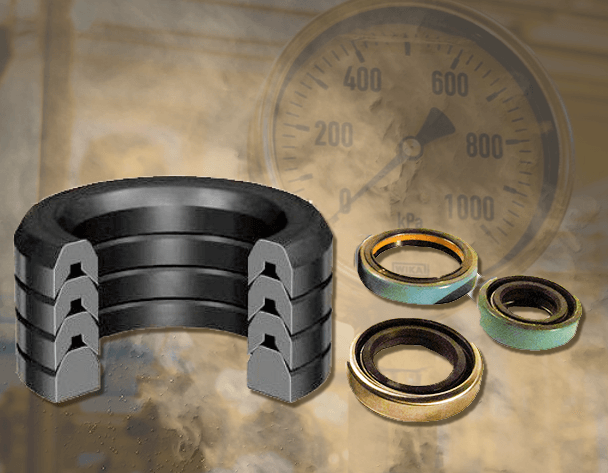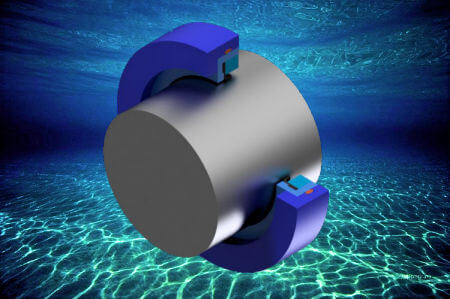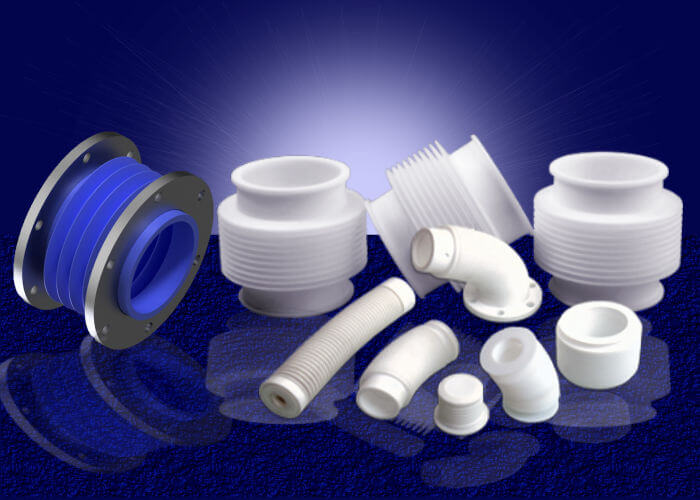PTFE Excellent Solution
PTFE rotary shaft seals are an excellent solution to high speed applications with surface speeds up to 30 m/s. In this article, we are going to look at four reasons behind that continued popularity.
Here are some additional articels on PTFE Rotary Shaft Seals from the Advanced EMC Technologies Blog:






 bushings
bushings


